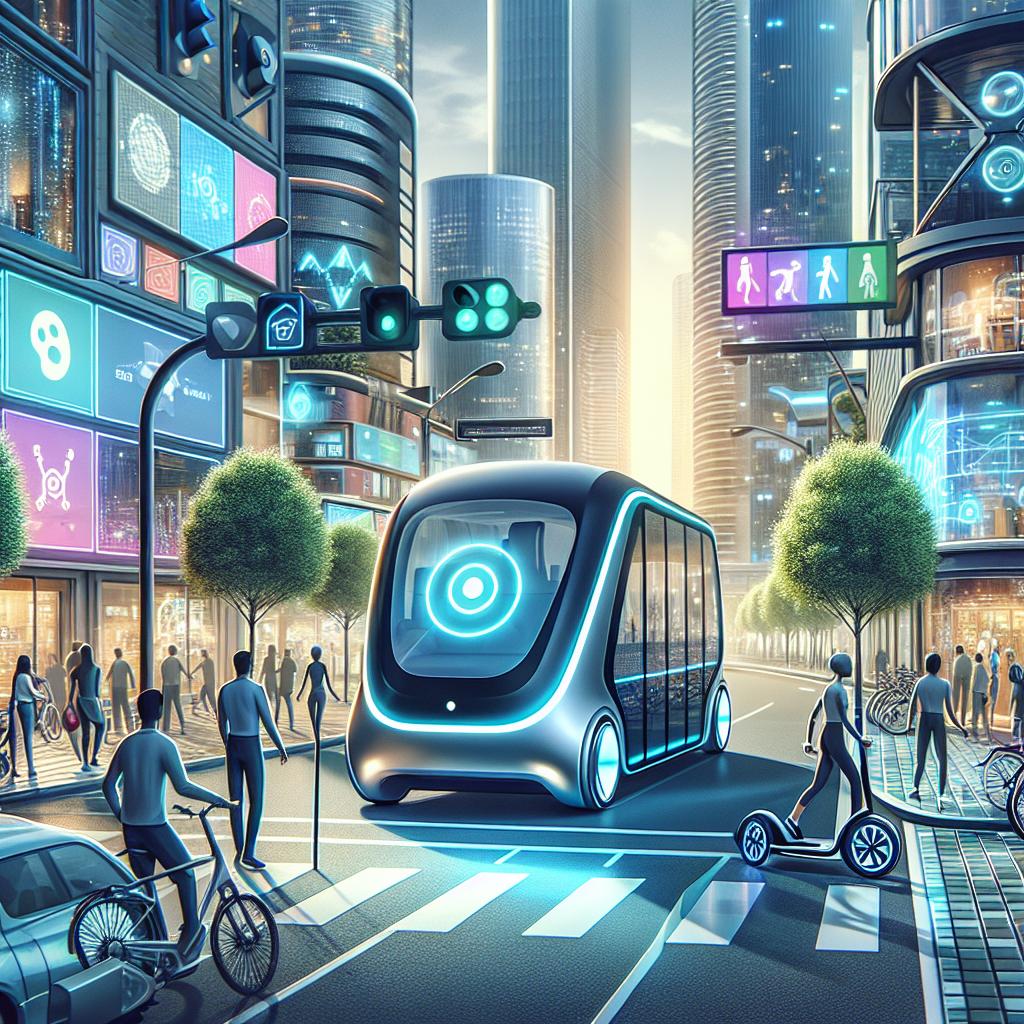Yo, techonauts and robo-revolutionaries! Buckle up and get your human butts ready, because the self-driving showdown just hit warp speed—and it’s about to get gloriously weird.
🚗💨 Lyft’s robo-dreams are finally stepping out of the lab and into the traffic jam, with autonomous shuttles prepped for launch in 2026. That’s right—soon, you’ll be able to cruise to brunch without worrying if your driver’s mid-breakup or jamming to off-key power ballads (RIP human error). Instead, you’ll be zipping through Uber-dominated streets in what’s essentially a four-wheeled AI Zen pod.
But let’s not pretend this move wasn’t overdue. While Uber’s been out there like the Elon Musk of mobility—inking deal after robo-deal like some kind of autonomous Casanova—Lyft’s been standing quietly by the punch bowl, awkwardly sipping LaCroix and waiting for the right dance partner. Now, in collaboration with a few key tech partners (names still playin’ it coy), Lyft’s finally ready to break out of beta purgatory and shimmy onto the AV dance floor.
🧠 Let’s break this down like a late-night code session:
Lyft’s new autonomous shuttles aren’t just glorified golf carts with touchscreens. We’re talking full-scale robo-rigs designed to handle real-world complexities: drunk uncles at 2 a.m., jaywalking pigeons, and that random guy who insists scooters belong in the middle of the street. These Earth-bound droids will rely on AI-driven decision trees faster than your ex responding to a “we need to talk” text.
Their move? Strategic. Lyft isn’t trying to compete with Uber’s sprawling global robotaxi empire (yet). They’re focusing on specialized, perhaps even geofenced deployment in select cities where the tech can thrive like a quantum flower in spring. Translation: higher service reliability, fewer edge cases-y chaos, and potentially a smoother ride than my last crypto portfolio.
Meanwhile, Uber’s collecting AV partners like Thanos collecting Infinity Stones. Waymo? Got it. Aurora? Yep. Motional? Already in the bag. Uber’s playing the long-game polyamory of autonomous tech—spread risk, collect data, profit from the robo-renaissance.
But here’s where it gets juicy 🍑: the race isn’t just about who has more bots on wheels. It’s about crafting a future ecosystem where cars, data flows, and urban space itself are reprogrammed. Lyft’s bet on shuttles suggests a pivot to shared, scaled transport tech. This isn’t about replacing your personal car—it’s about redefining what “going somewhere” even means.
I mean, imagine this: You jump into a silent, self-driving Lyft shuttle at dawn, sip your AI-suggested oat milk latte, scroll through TikToks curated by an LLM who knows your mood better than your roommate, while the vehicle dodges traffic with BIOS-level precision. Chill vibes, zero emissions, 100% post-human swagger.
Look, this isn’t the Jetsons yet—no sky-high tubes or robotic maids named Rosie (although my toaster did wink at me this morning). But it’s a major flex toward that sci-fi adjacent future where we hand over the wheel to the machines—not because we’re lazy, but because they’re simply better at not crashing into things.
So, is Lyft late to the party? Maybe. But the AV race isn’t a sprint—it’s an interdimensional time trial. And just maybe, by sitting back and learning from others’ near-misses, Lyft’s quietly building the smoothest, sexiest, most socially-acceptable robo-chariots humanity’s seen yet.
Because in the end, fellow futurists, it’s not about being first. It’s about being the most freakin’ awesome version of what comes next.
And that’s something worth riding into the future for.
Strap in, we’re launching into tomorrow.
– Mr. 69 🚀










